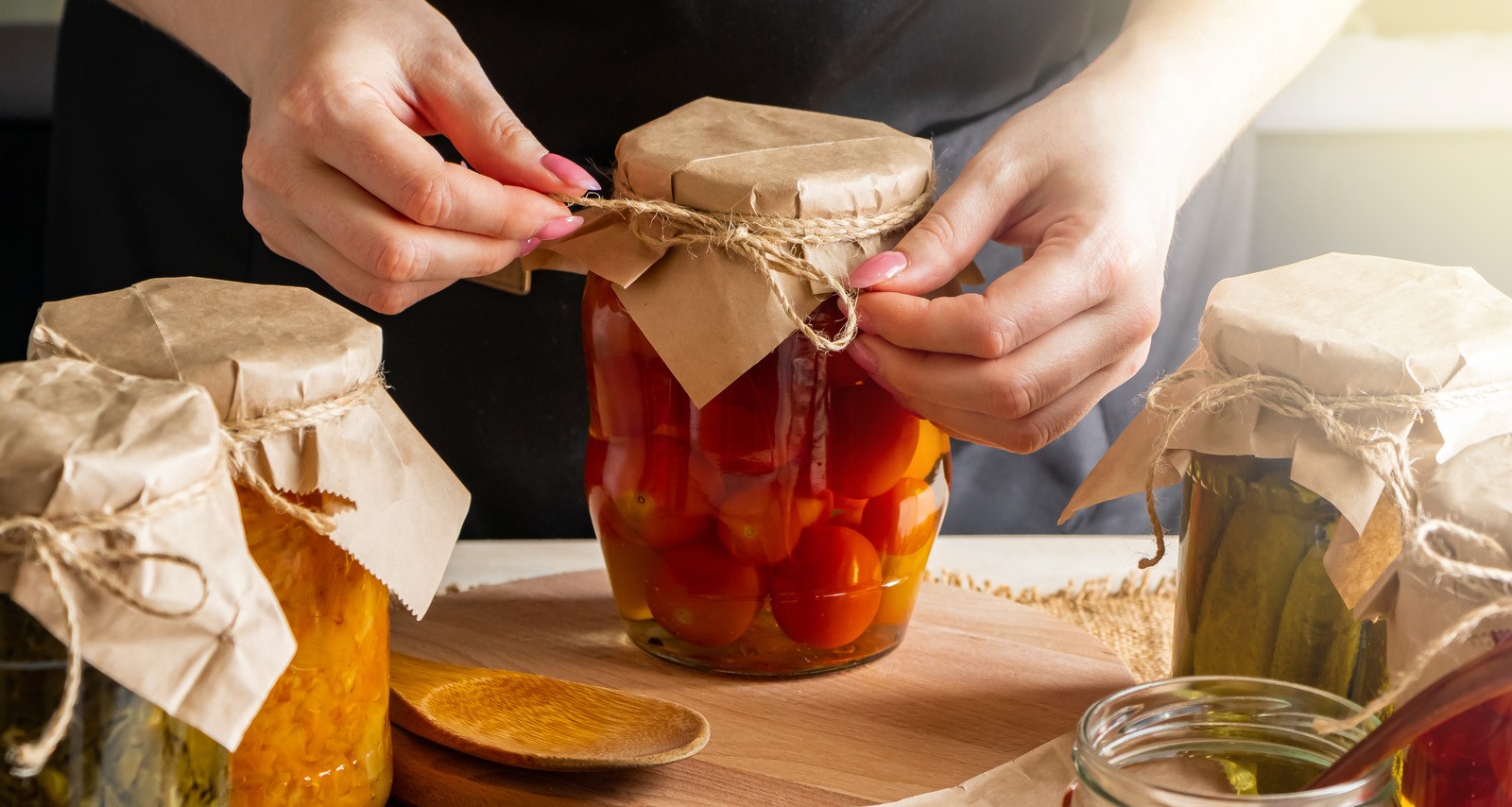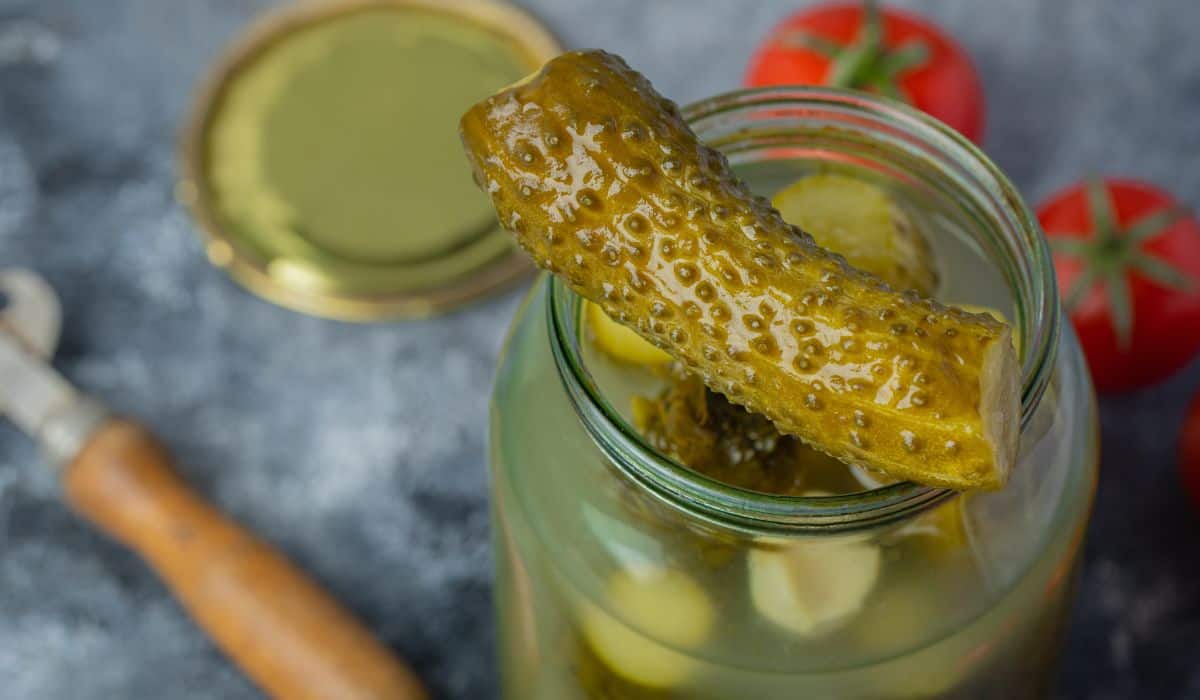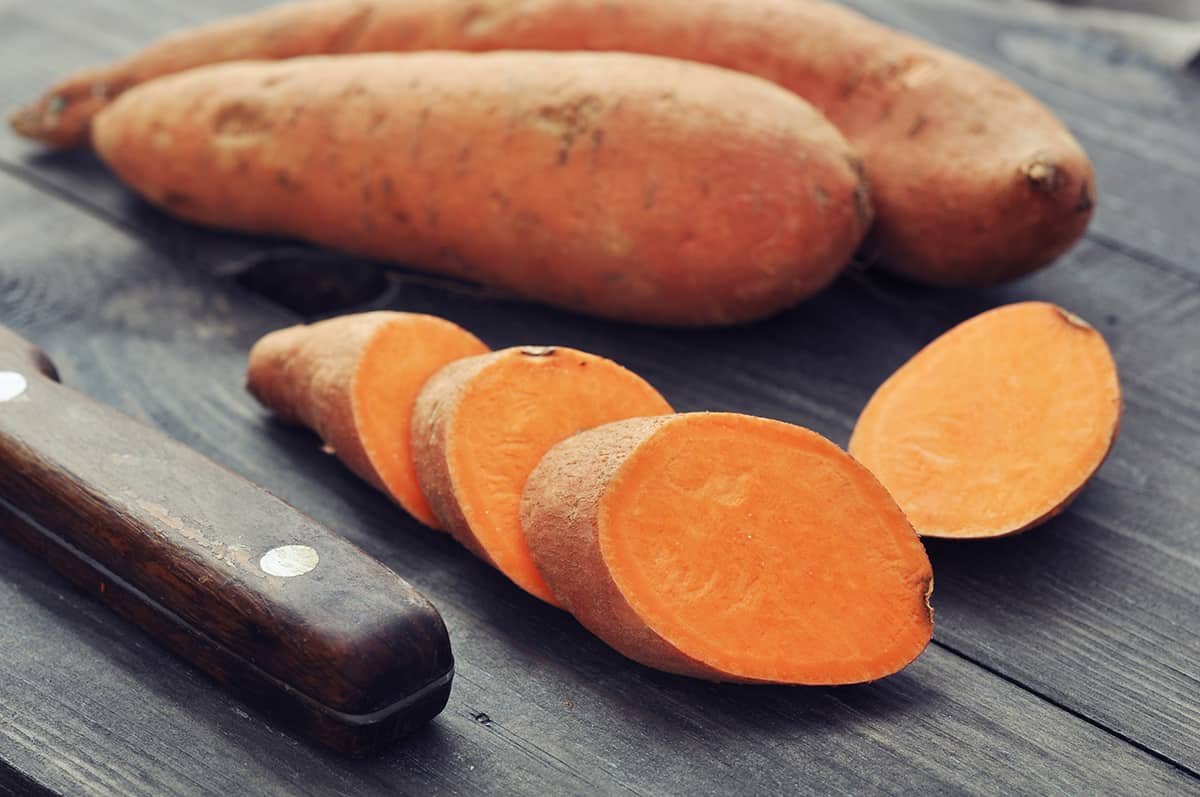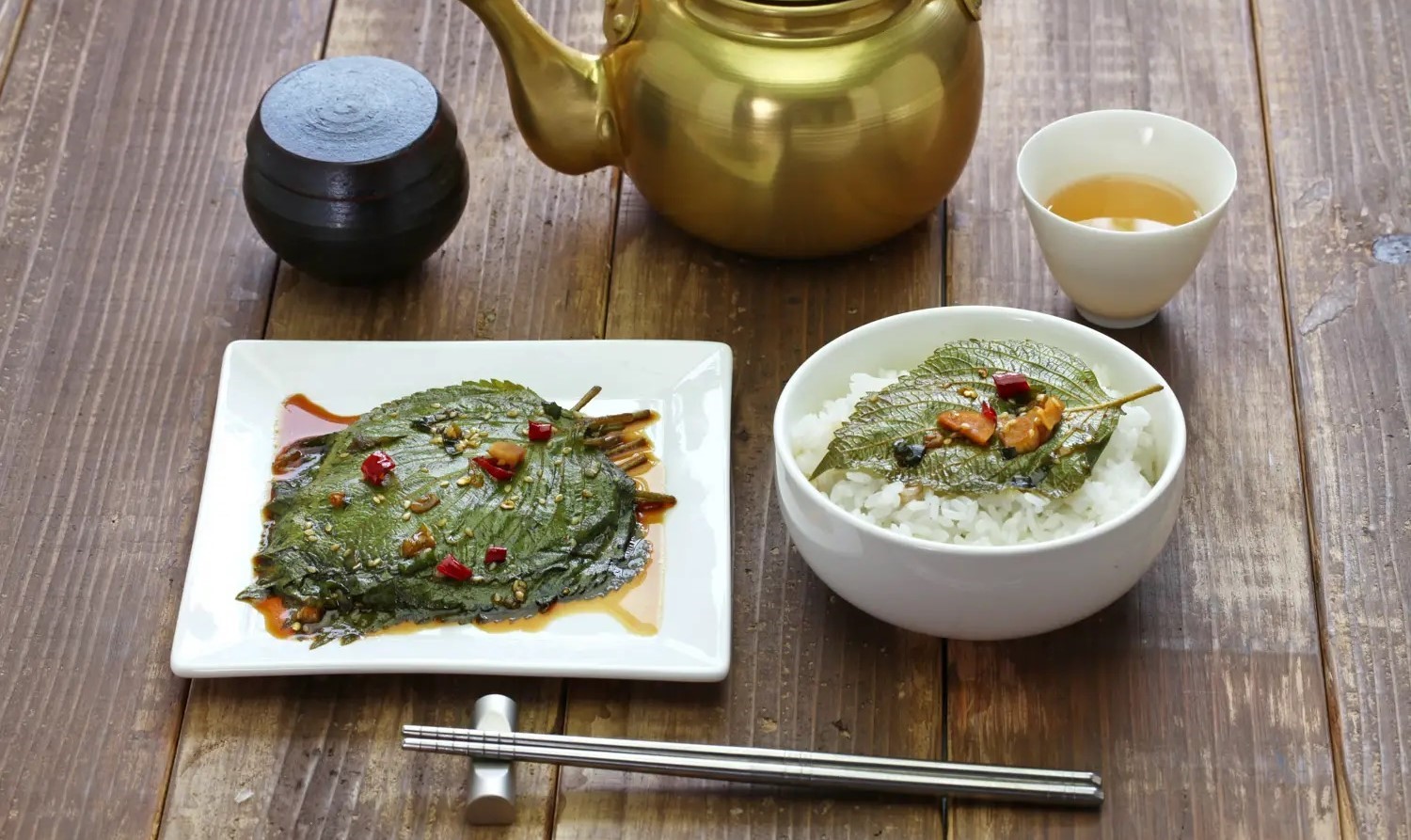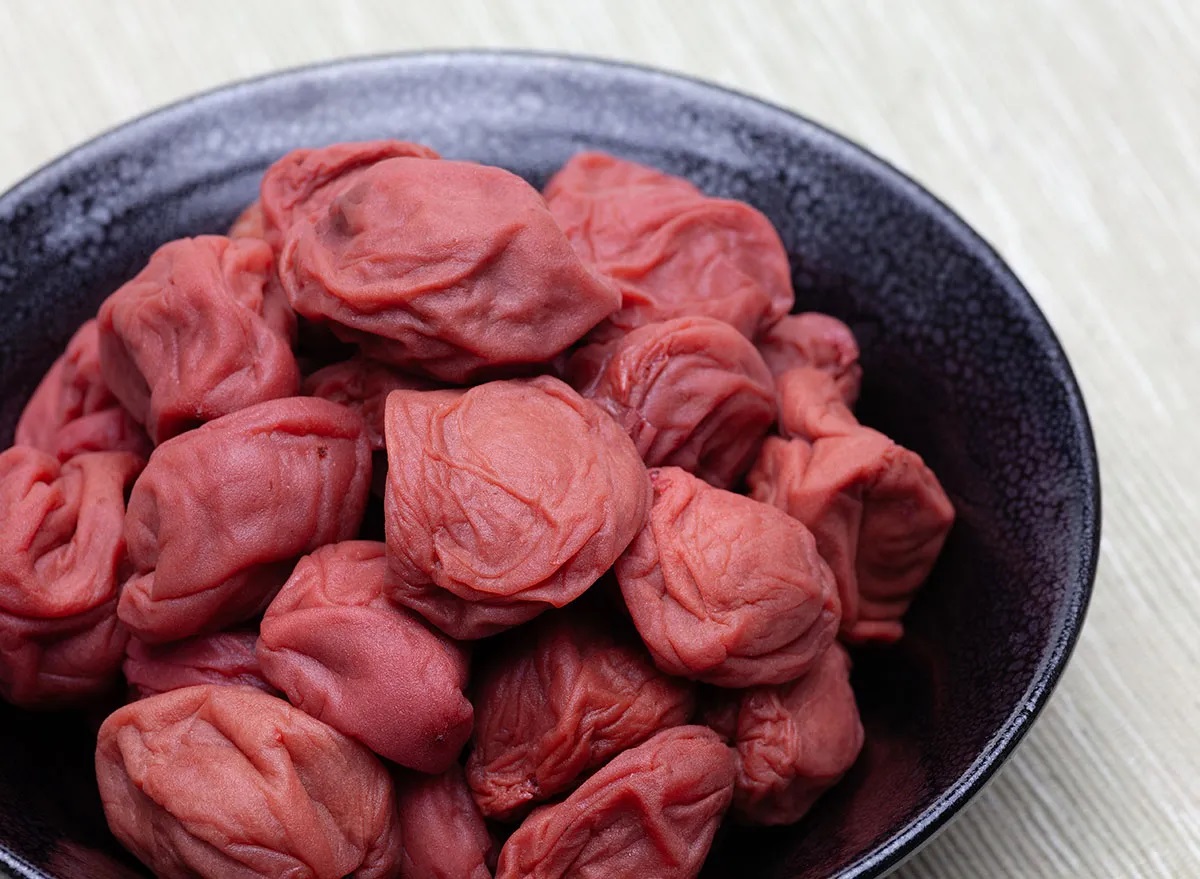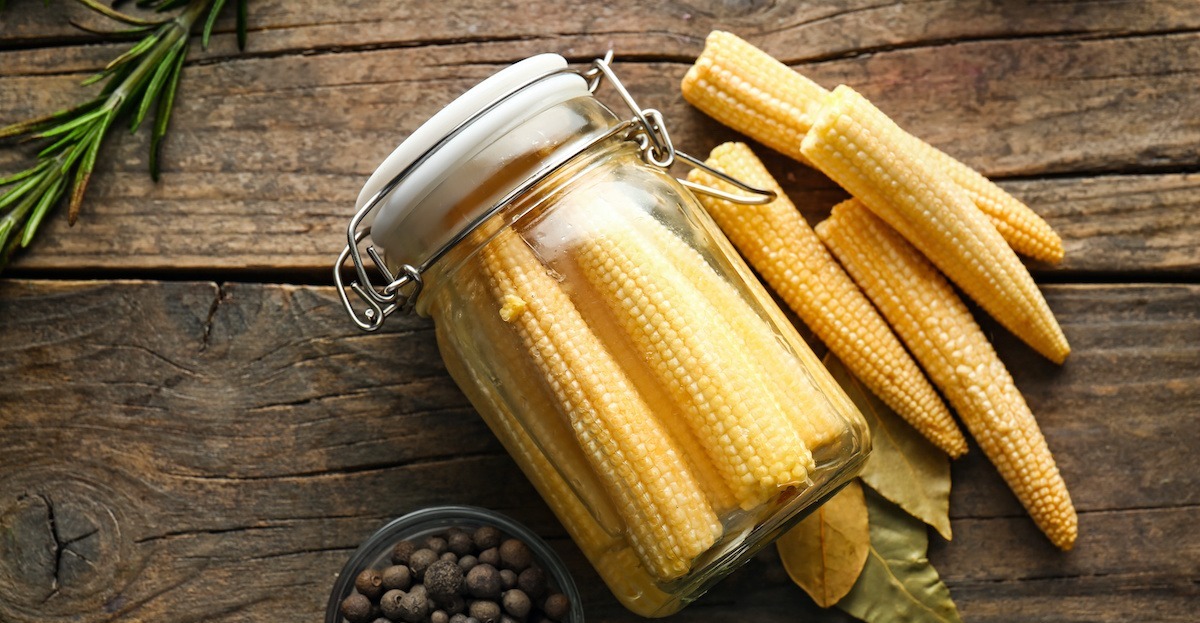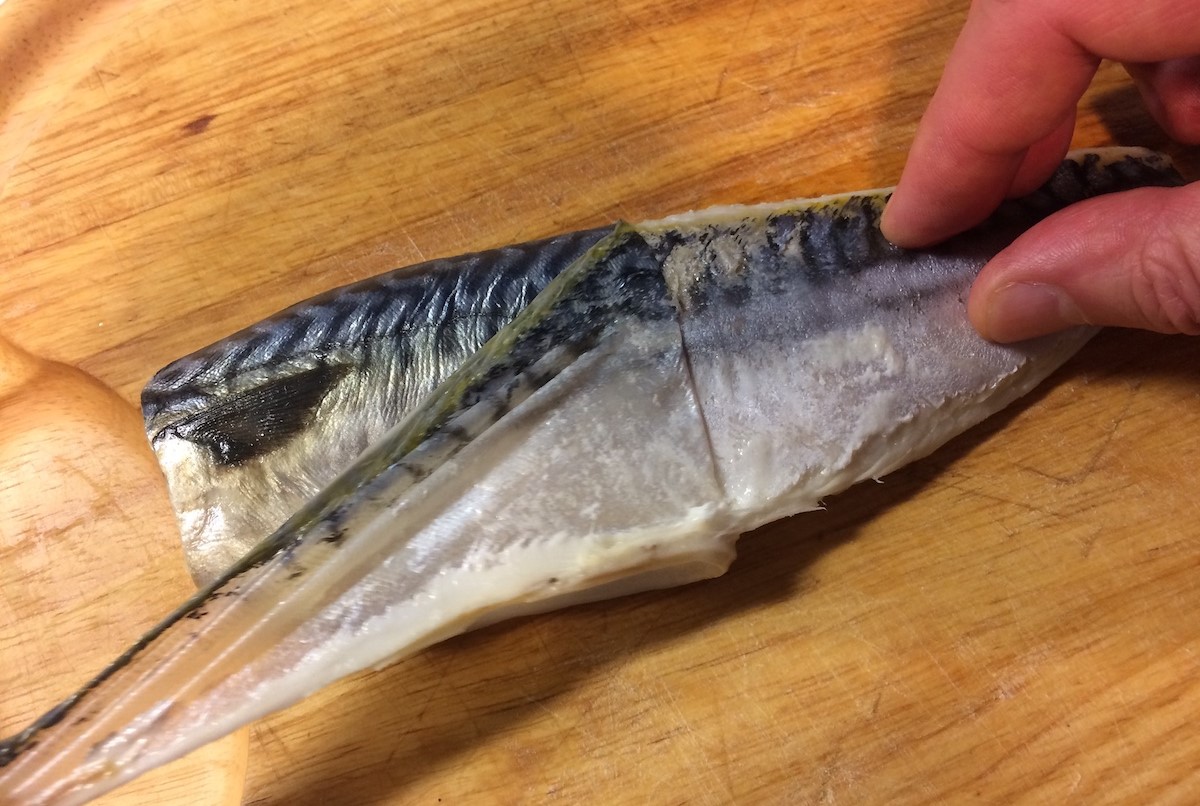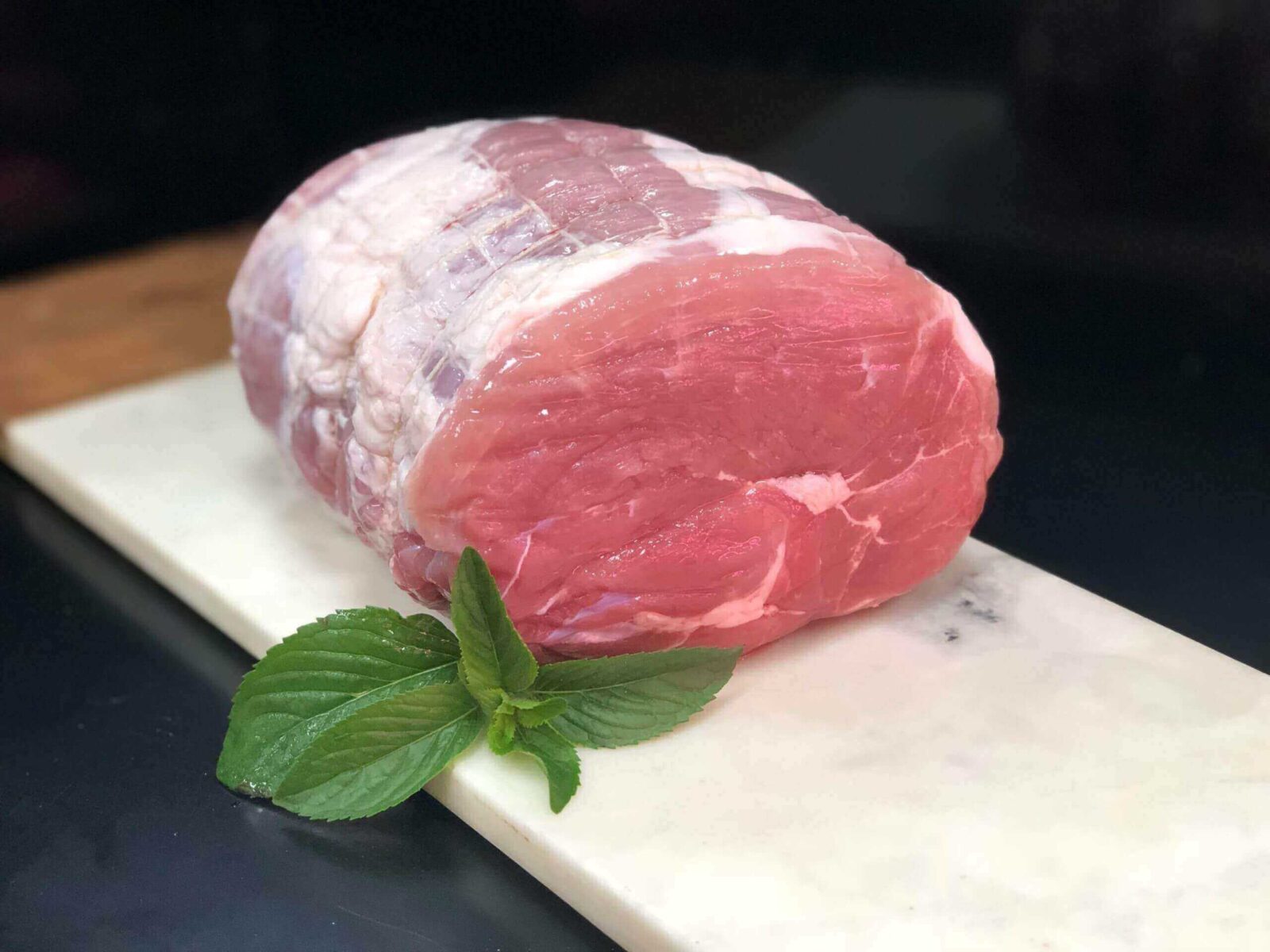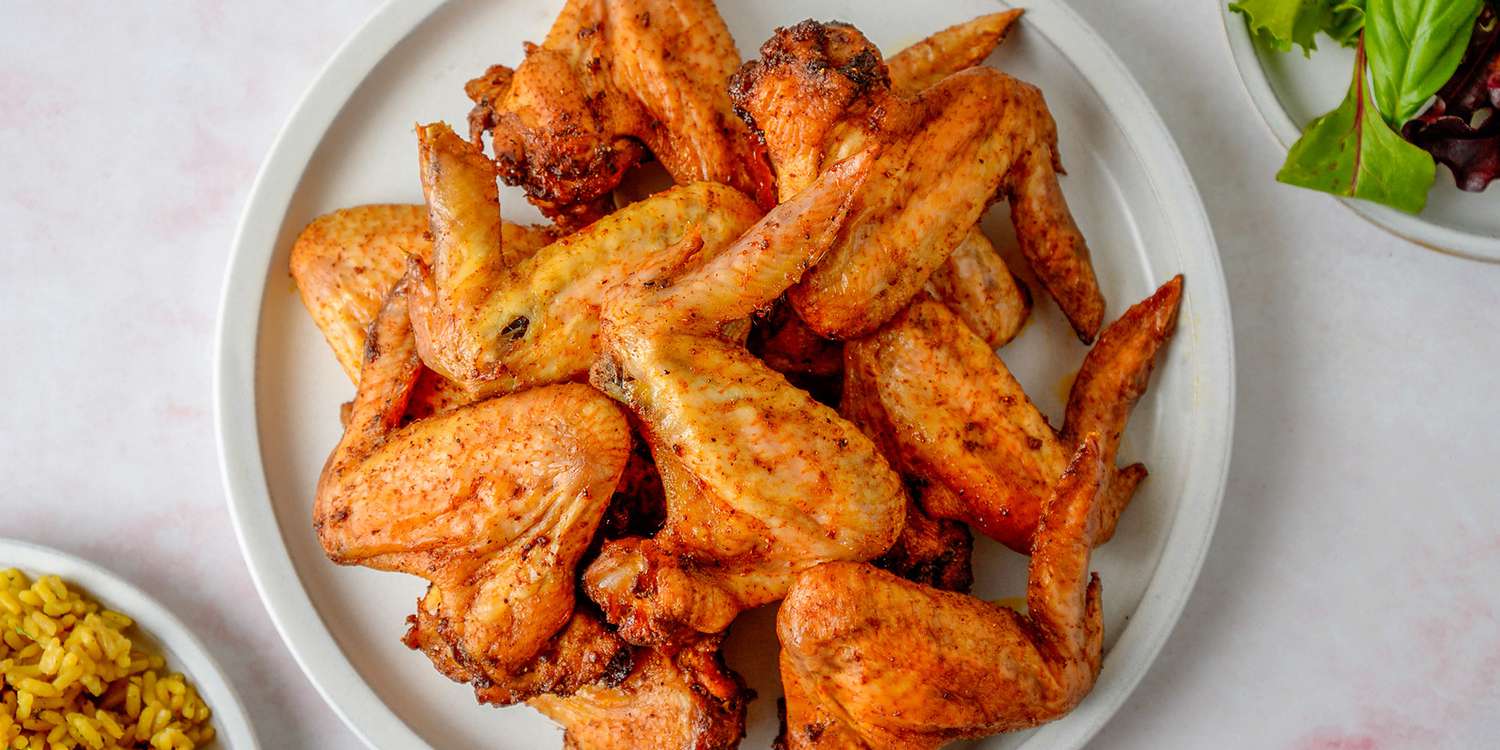Discover the Art of Pickling with Vinegar
Welcome to the wonderful world of pickling with vinegar! If you’re a fan of tangy, crunchy, and flavorful pickled vegetables, then you’re in for a treat. Pickling with vinegar is a simple and rewarding way to preserve your favorite vegetables while infusing them with delicious flavors. Whether you’re a seasoned home cook or a novice in the kitchen, learning how to pickle with vinegar is a valuable skill that will elevate your culinary repertoire.
Why Pickle with Vinegar?
When it comes to pickling, vinegar is a key ingredient that not only imparts a tangy taste but also acts as a natural preservative. The acidity of vinegar creates an environment that inhibits the growth of bacteria, allowing you to safely store your pickled vegetables for an extended period. Additionally, vinegar adds a distinct flavor profile to the vegetables, enhancing their taste and texture.
Choosing the Right Vegetables
Before you embark on your pickling journey, it’s important to select the right vegetables for the job. While cucumbers are a popular choice for pickling, don’t be afraid to experiment with other vegetables such as carrots, radishes, cauliflower, and bell peppers. Opt for fresh, firm vegetables that are free from blemishes for the best results.
Gather Your Supplies
Before you start pickling, make sure you have the necessary supplies on hand. Here’s what you’ll need:
- Vegetables of your choice
- White vinegar or apple cider vinegar
- Water
- Salt
- Sugar
- Pickling spices (optional)
- Airtight jars
The Pickling Process
Now that you have everything you need, it’s time to dive into the pickling process. Follow these simple steps to pickle with vinegar:
- Clean and prepare your vegetables by washing them thoroughly and cutting them into desired shapes.
- In a saucepan, combine vinegar, water, salt, and sugar. Bring the mixture to a boil, stirring until the salt and sugar are fully dissolved.
- Place your vegetables and any desired pickling spices into sterilized jars.
- Pour the hot vinegar mixture over the vegetables, ensuring they are fully submerged.
- Seal the jars tightly and allow them to cool to room temperature.
- Refrigerate the pickled vegetables for at least 24 hours before enjoying them.
Get Creative with Flavors
One of the best things about pickling with vinegar is the opportunity to get creative with flavors. Experiment with different combinations of herbs and spices to customize your pickles to your liking. Whether you prefer a classic dill pickle or a spicy pickled cauliflower, the possibilities are endless.
Enjoy Your Homemade Pickles
Once your pickles have had time to develop their flavors, it’s time to savor the fruits of your labor. Enjoy your homemade pickles straight from the jar, add them to sandwiches and salads, or serve them as a tasty accompaniment to your favorite dishes. The satisfaction of enjoying pickles that you’ve made yourself is truly unmatched.
In Conclusion
Pickling with vinegar is a delightful culinary adventure that allows you to preserve and savor the flavors of your favorite vegetables. With a few simple ingredients and a bit of creativity, you can create delicious homemade pickles that will impress your family and friends. So, roll up your sleeves, gather your supplies, and embark on a pickling journey that will elevate your culinary skills and delight your taste buds.
For those ready to try their hand at pickling, there's a variety of recipes to explore. Start with Classic Dill Pickles for a timeless favorite that everyone loves. If you're seeking a bit of heat, Spicy Pickled Jalapeños offer a zesty kick. Sweet and Tangy Bread and Butter Pickles provide a delightful balance of flavors, perfect for snacking. For a colorful addition to your meals, Pickled Red Onions are quick and versatile. Pickled Carrots with Ginger add a unique twist with their spicy and aromatic notes. For a more adventurous option, try Pickled Watermelon Rinds—they're a surprising treat that reduces waste and adds a touch of sweetness to your pickle repertoire.
Was this page helpful?
Read Next: How To Pickle Scotch Bonnet Peppers
